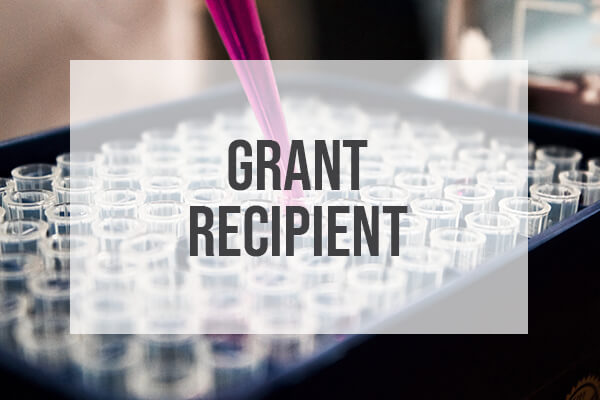Waikato Medical Research Foundation
May 2010 to May 2011
Lay summary for WMRF annual report
Milk has multiple functions. Besides providing a source of nutrients to the newborn, it also contains a number of proteins that contribute to the defence against infections. The levels of these proteins may have a big influence on a baby’s health and wellbeing. For many of these proteins, it is not known how their abundance in milk varies in a typical human population, or indeed within an individual over time. Nor is it known whether this abundance is altered when a mother gives birth prematurely. These premature infants are particularly vulnerable to infection and the levels of these proteins in the milk from such mothers may not be the same as for full term gestation, since like the infant, the mammary gland itself follows a co-ordinated development leading to milk production, which is timed to coincide with a normal length gestation. This project aimed to assess the abundance of five such defence-associated proteins in milk from 30 mothers, 10 from each of three groups – full term deliveries, premature deliveries (32-38 weeks) and very premature (less than 32 weeks). Each volunteer provided milk samples at two different times.The range and variability of the abundance of these proteins was assessed within each study group, between the three groups, and between the two samples from each volunteer. In total, 29 out of the anticipated 30 volunteers were recruited to provide milk at two time points; 2 weeks and 5 weeks after giving birth. Analysis on them is almost complete, and a preliminary statistical analysis has been done. From the preliminary data to date, it was found that the variability within each group is quite high compared to the major milk proteins, and that this variability is independent of the length of gestation.There is also some variation between the two samples taken at two different times from each mother, but this appears to be less than that between mothers. Further work will solidify these preliminary findings. The final data will be prepared for publication in a science journal.
Would you like to support the work of the Foundation?
Contact us for more information, or simply make a donation.




